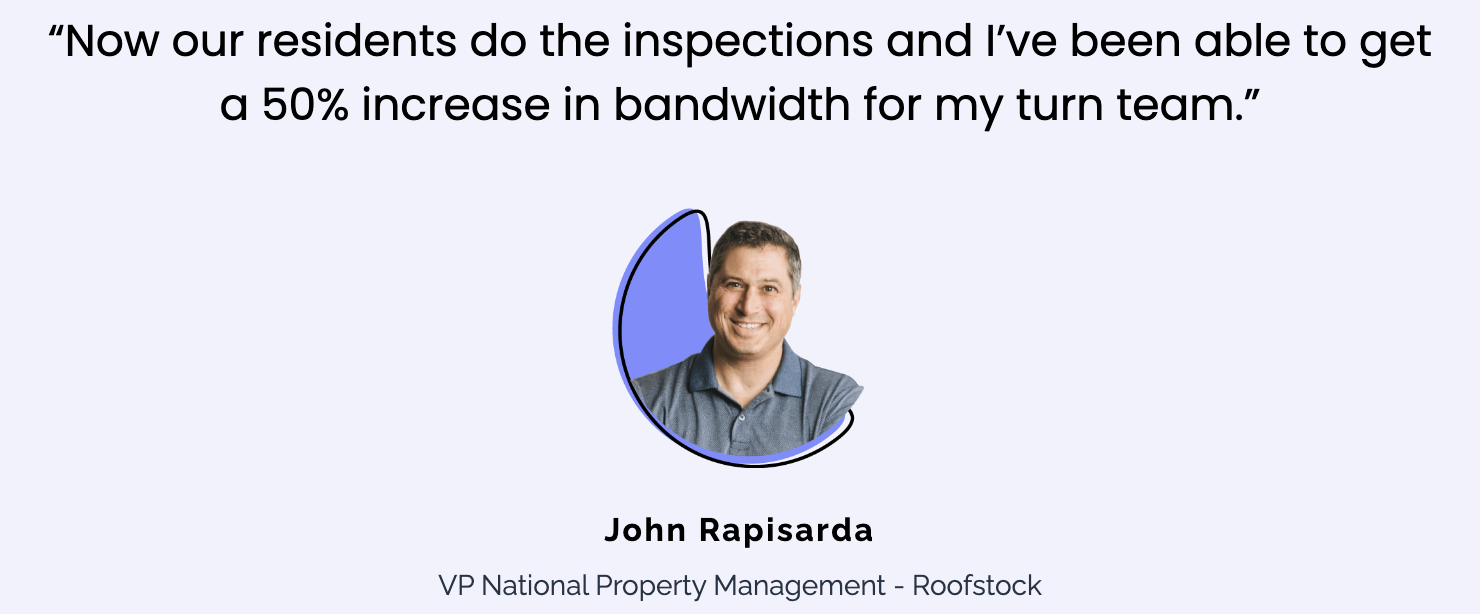Property Manager Daily Update: Enhance Your Community Curb Appeal
Check out these 14 methods to enhance your community’s curb appeal. We all want curb appeal after all, it raises rental and appraisal value.
- Pay attention to the details: You got used to the old paint, but the new kids on the block haven’t.
- Enforce an architecture policy: Have you ever been to Rome? Part of its beauty is its architectural consistency.
- Engage homeowners in the conversation: If there are other homeowners living in a community that you’re renting, engage them in the conversation. It goes a long way to building community.
- Plan projects ahead: Use your project planning to build buzz for new and future tenants.
- Pressure washing is king: Remember attention to detail? Pressure wash your woes away.
- Resurface parking lots: Nothing says, “this is an older community” like old parking lot surfaces.
- Repair irrigation systems: Working irrigation systems keep the landscaping looking new and fresh. A dry patch of grass says, “we don’t really keep things up here.”
- Get rid of grass: Wait, what? Didn’t you just talk about irrigation system. Look, if you can’t keep your grass green then get rid of the grass. Landscape with a beautiful rock garden.
- Pull the weeds: Give the neighborhood kids a pizza and now you have a weed free community.
- Lighting is everything: Just like in the movies, lighting is everything. A community with poor lighting gives a dark and dingy appearance. Beautifully lit communities attract beautiful, bright tenants.
- Repair fencing: Make sure the fencing around your community is in great condition.
- Hide the trash: Okay, don’t hide the trash. Make sure the trash is trashed though. Overflowing garbage is an eyesore.
- Beautiful color schemes: Pick a consistent color scheme across the community.
- Repaint addresses and numbers: Faded unit numbers and addresses make a community look much older than it is. Make sure to repaint and repair unit numbers.
9 Methods to Follow Fair Housing Laws
Breaking fair housing laws puts you in a very bad legal position. Multifamily investors know this well, but many single family investors aren’t aware that Fair Housing laws also apply to them. So lets break it down for all those SFR investors.
The Fair Housing Act (Title VIII of the Civil Rights Act of 1968 plus amendments) has evolved with regulations and court decisions, but in general, the act makes it illegal to: refuse to rent or sell a dwelling to someone because of their race, color, disability, religion, sex, familial status or national origin (the seven protected classes under the Fair Housing Act)
or to discriminate based on these classes in the lease terms or sale contract; advertise properties in such a way that implies discrimination against or preference for people based on a protected class; coerce, threaten, intimidate or interfere with a person’s housing rights for discriminatory reasons; or retaliate against a person or organization that supports a person exercising their housing rights.
Follow these 9 methods to make sure you’re not breaking the law:
- Clearly state rental criteria and only rent on the basis of those written criteria.
- Do not offer different incentives to different applicants.
- Do not inquire about family status like how many children, if married, etc.
- Check county law to see if there are additional protected classes. Some states and counties protect additional classes of people outside of federal law.
- Do not refuse accommodations to make a rental inhabitable for a disabled person.
- Do not deny an applicant with a service animal even if you have a no-pet policy.
- Do not advertise buzzwords that may discriminate: “Perfect for young families.”
- Do not set rules that pertain to children.
- You must provide tenants with fair housing law disclosures.
Have you had issues following fair housing law in the past? What methods do you use to make sure you’re protected?
How Unemployment Affects Real Estate Numbers
U.S. unemployment fell to the lowest level in 17 years as the economy added 164,000 jobs in April, pushing the jobless rate down to 3.9%–the lowest since December 2000. Some economists believe it could fall even further, to as low as 3.5%, a number that hasn’t been seen since 1969. And what’s good for the economy is often good for the real estate industry as well.
Manufacturing has also added about 24,000 jobs, so that we’re now seeing a resurgence of investment in the industrial real estate sector. While shared office space like WeWork is putting pressure on office real estate investment, the growing amount of new jobs added month over month has supported rising interest rates. In combination with banks loosening their commercial real estate lending standards, we’ll need to wait and see if this trend can support itself through the rest of the year. See the full report at Forbes.
The Co-Living Trend
Co-living is a growing trend in the rental investment space. As rent prices continue to rise to nearly unaffordable levels in expensive cities like Los Angeles, San Francisco, Seattle, and Manhattan – new property management startups are leveraging co-living spaces to appeal to renters.
Rent prices can be as much as 30% lower than traditional living spaces and often provide amenities and community building activities that create a loyal base of tenants. One of Latchel’s friends, HubHaus, is featured in ABC’s news article as one of the major players in the SF Bay Area co-living space.
A “Boring” Path to Massive Real Estate Success
Biggerpockets interviews Charles Roberts, a real estate investor in the Denver market. Charles describes his path to success and the lessons he’s learned over 2 decades of real estate investing including that the deal isn’t as important as most investors think. He reviews his fix and flip strategies, but maybe most interestingly digs into what it means for investors to scale their businesses and use lending to accelerate growth.
Catch the full interview here to soak up some of Charles’s wisdom.
















